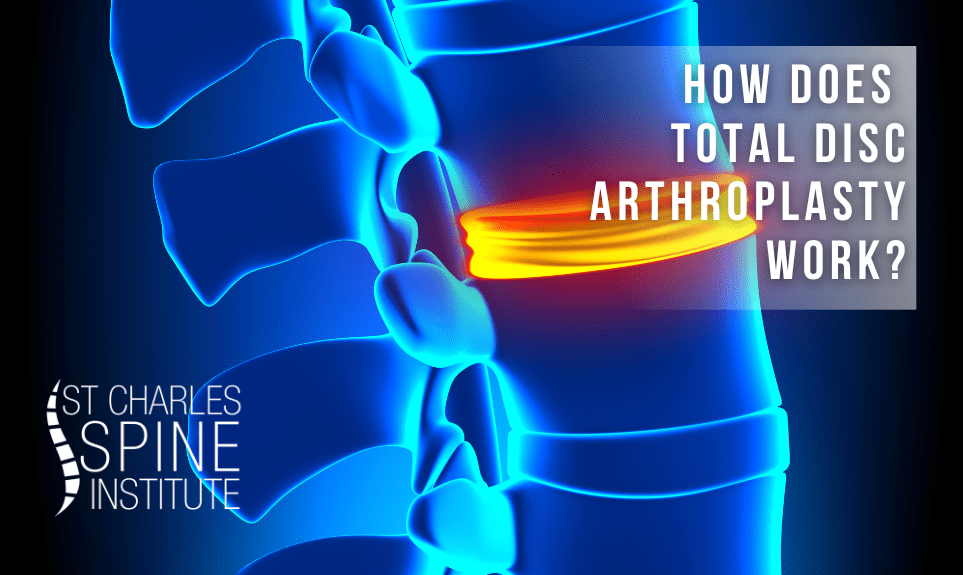How Does Total Disc Arthroplasty Work?

Are you experiencing spinal pain and are unsure if artificial disc replacement could be the solution? Use this guide to help you understand the ins and outs of this cutting-edge procedure.
What Is This Procedure?
The spine is composed of many spinal discs put together to create the vertebra. Total Disc Arthroplasty involves operating on and replacing one of these natural discs with an implant. Because of this objective, this operation is also often referred to as artificial disc replacement.
With Total Disc Arthroplasty, a surgeon will remove the natural disc from the spine, replace it with a prosthetic disc, and complete the surgery. The space a doctor will operate on within the vertebra is referred to as intervertebral space. The inserted prosthetic disc allows the spine to continue its movement properties as if it had an uninterrupted vertebra. As a man made version of the joint, it can perform all the functions of a natural joint such as flexing, extending, bending, and rotating.
The Science Behind Spinal Disc Injuries
These discs may seem like small, unimportant parts, but they actually support the entire mobility of your spine. The two parts of this disc are the soft center and the strong outer ring. These two parts work together to create a cushion effect for each bone on your spinal cord. Oftentimes, however, our discs can wear down due to age or genetics, thereby impacting their strength.
Disc degeneration over time can cause maladies like bone spurs, which can then push bone material into outlying areas. This poking can cause nerve pain, muscle spasms, and more. It can even lead to a herniated disc.
The Science Behind the Procedure
Disc Arthroplasty is an effective solution to the abovementioned disc injuries and maladies. The procedure is essentially made up of three particular phases:
- Discectomy: remove parts of the damaged disc
- Decompression: decrease pressure or poking on nerves or spinal cord
- Insertion of the prosthesis
Total Disc Arthroplasties usually require minimal recovery time. Patients are often mobile by the day after the procedure.
Who Can Benefit From This Procedure?
There are boundless diagnosed conditions that can experience relief and recovery from a disc replacement.
- Bone spurs or disc herniation
- Myelopathy
- Cervical radiculopathy
Even those whose conditions have not responded to typical treatments have found eventual results from the arthroplasty procedure.
Diagnosis and Treatment
Likely, if a patient is seeking artificial disc replacement surgery, they have exhausted all other options. There is still an essential diagnostic period where a physician will perform various tests, including:
- Spinal X-ray
- MRI
- CT scan
- Physical exam
- Myelogram
- Bone scan
These tests will help to determine the exact issue. The tests will also help determine if removing the damaged disc and replacing it with a prosthetic match could lead to a decrease in symptoms.
Spinal injuries or pain can make daily functioning a challenge. Many patients find that disc replacement surgery has a massive impact on improving their lifestyle. Contact St. Charles Spine Institute today to learn if this procedure might be the right option to help you eliminate your back pain and discomfort.
